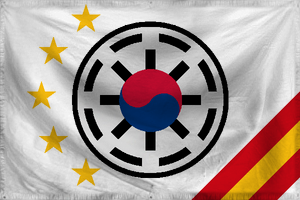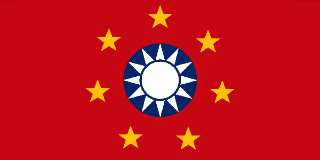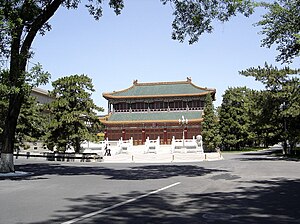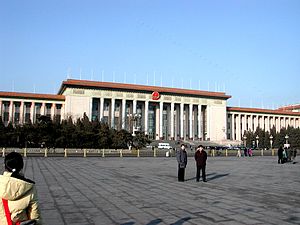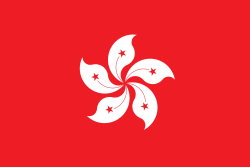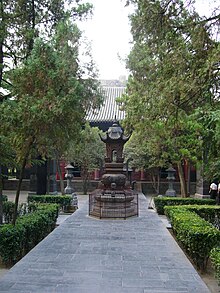中國聯合共和國
Zhōngguó Liánhé Gònghéguó
United Republics of China
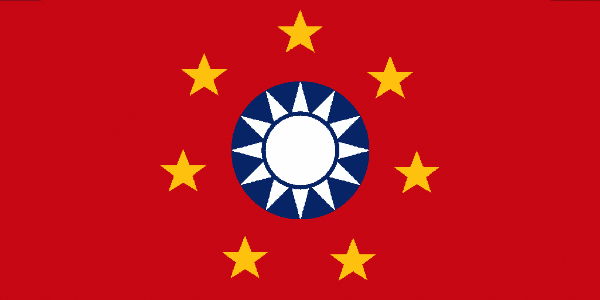
Table of Contents
I. Overview
II. Government
III. Political Divisions
IV. Demographics and Economy
V. Republic Defence Forces
[url]VI. Military Branches: Ground Defence Forces and Aerial Defence Forces[/url]
[url]VII. Military Branches: Maritime Defence Forces and Marine Infantry Corps[/url]
[url]VIII. Military Branches: Special Forces and Paramilitary Assets[/url]
[url]IX. Diplomatic Relations[/url]
[url]X. History[/url]
[url]XI. Maps[/url]
[url]XII. Factbook History[/url]
Zhōngguó Liánhé Gònghéguó
United Republics of China

Table of Contents
I. Overview
II. Government
III. Political Divisions
IV. Demographics and Economy
V. Republic Defence Forces
[url]VI. Military Branches: Ground Defence Forces and Aerial Defence Forces[/url]
[url]VII. Military Branches: Maritime Defence Forces and Marine Infantry Corps[/url]
[url]VIII. Military Branches: Special Forces and Paramilitary Assets[/url]
[url]IX. Diplomatic Relations[/url]
[url]X. History[/url]
[url]XI. Maps[/url]
[url]XII. Factbook History[/url]

